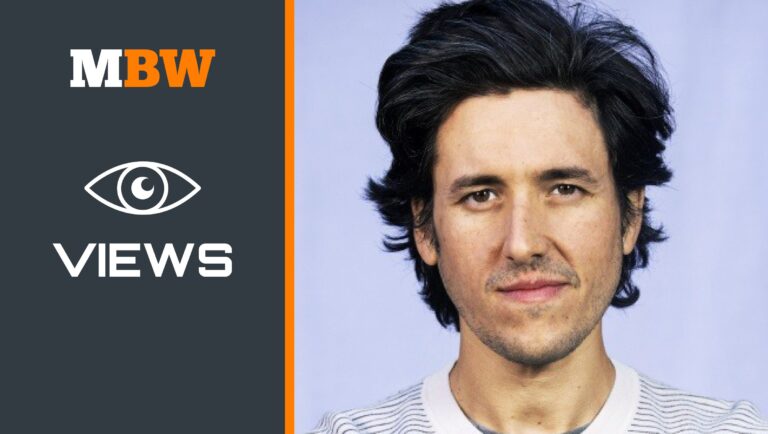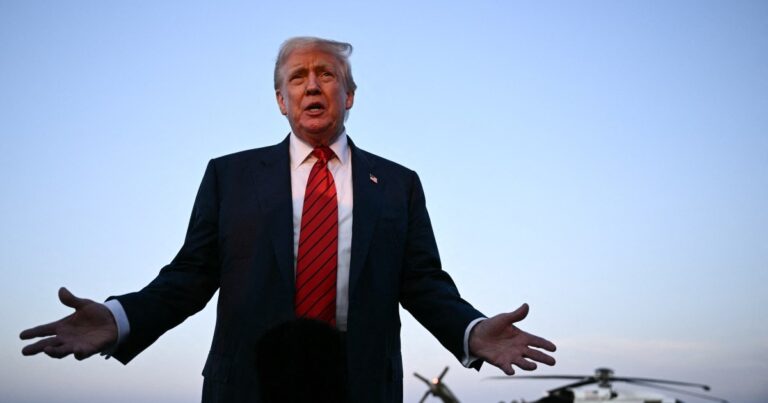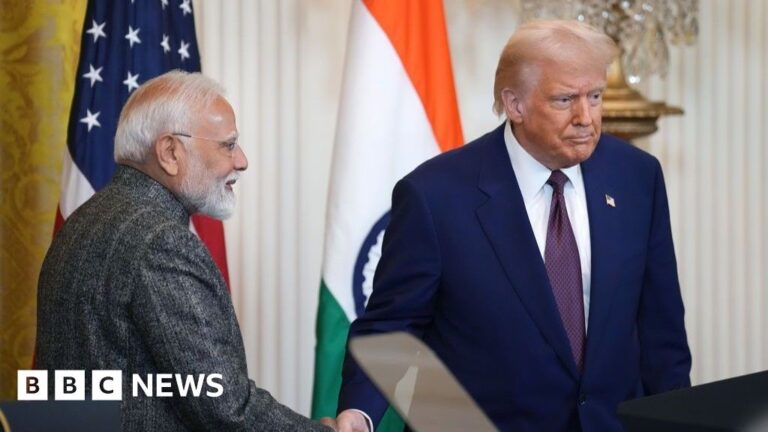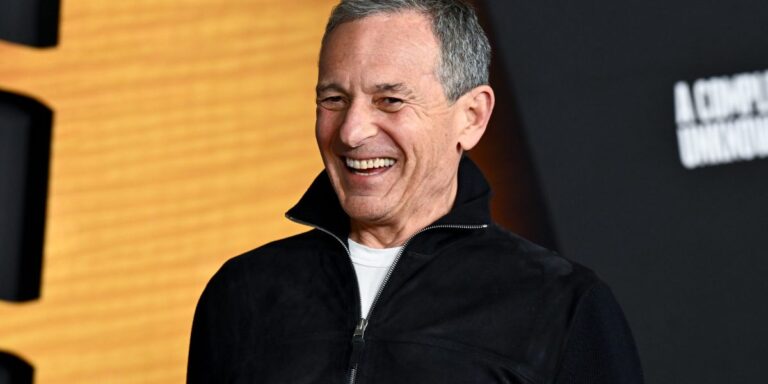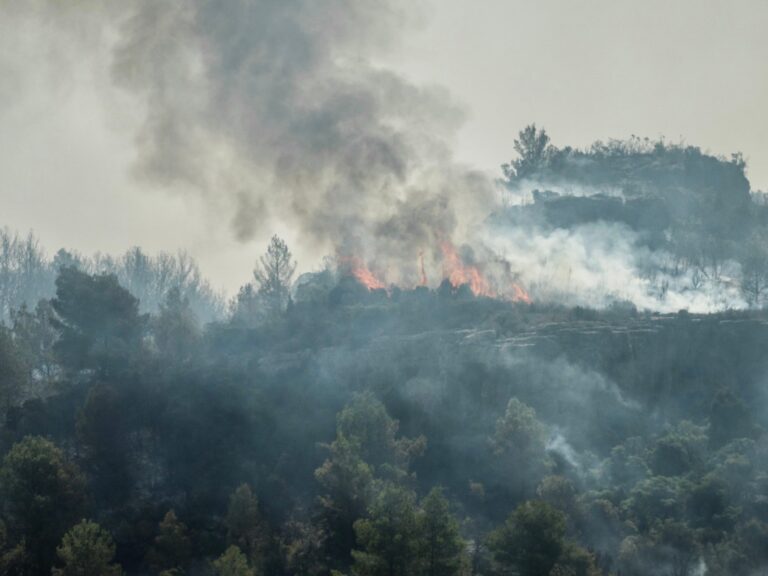MBW Views is a series of exclusive op/eds from eminent music industry people… with something to say. The following comes from Matt Jones, CEO of Medallion and former CEO of Songkick.
Jones has spent over 15 years building direct-to-fan platforms and has facilitated hundreds of millions in artist revenue through various fan engagement models.
Substack just raised $100 million by proving how well direct commerce works for its creators. A scalable direct-to-fan model could revolutionize music, but Substack’s subscription model won’t work for artists, says Jones…
Last week, Substack announced a $100 million Series C funding round, adding more fuel to a platform that’s already moving hundreds of millions of dollars directly from audiences to creators.
This funding round reinforces the fact that direct commerce in the creator economy is here to stay. It’s also a wake-up call for the music industry. Not because Substack is about to take over music (more on that below) but because Substack’s “magic dust” – the principles of its business model – so clearly resonate with musicians.
After all, Substack’s core customers (writers, journalists, podcasters, etc.) and musicians have historically faced similar challenges. They’ve struggled to monetize their work, their audiences are spread across multiple platforms, and they’ve been forced to participate in an ecosystem where intermediaries capture most of the value.
While the music industry has been debating (without end) streaming economics and artist compensation, Substack has quietly built a direct-to-fan platform that’s economically sustainable and grounded in three brilliant principles:
- Control: Unfiltered by algorithms, Substack creators have direct access to their subscribers.
- Monetization: Rather than relying on large platforms that aggregate demand and dictate economic terms, creators earn directly from their audiences and thus keep a higher percentage of revenues.
- Incentives: Substack only makes money when its creators make money – it takes a 10% cut of paid subscriptions. This alignment means the platform’s success depends on creator success, not on maximizing ad impressions or keeping users scrolling.
I’ve worked with artists – from small club acts to stadium artists – for nearly 20 years, and it’s hard for me to think of one that wouldn’t be excited by those three principles at the core of Substack’s business model.
So…why aren’t all musicians flocking to Substack?
After years of seeing artists trying to bring to life ‘paid subscriptions’, I think it’s because of Substack’s ‘1:1’ (i.e., creator-level) subscriptions.
Why Substack’s subscription model breaks down for music
After facilitating hundreds of millions of dollars in direct-to-fan commerce on behalf of artists and watching dozens of ‘paid fan club’ experiments across every artist tier, I’ve seen some patterns that reinforce why music is different from Substack’s core creator industries:
- While writers publish regularly on predictable schedules, musicians have natural creative cycles – periods of writing, recording, touring, and crucially, resting – that don’t align with an ‘always on’ publishing schedule.
- Musical artists face a dense thicket of stakeholders (and contractual arrangements) that can have tremendous influence on how the artist can ultimately monetize their IP or gate access to make a paid tier enticing for fans.
- Musical artists have a unique (and highly variable) monetizable IP ‘surface.’ Musicians can monetize everything from master recordings to music videos, ticket pre-sales, unreleased music and behind-the-scenes content. Accordingly, a direct commerce platform for music would need to handle a variety of different fan UXs across live, digital music and commerce. Features like ticket sales and merch product drops attract lots of fan demand, and require a completely different consumption experience than just distributing content.
- Individual musical taste is broad and complex. On Substack, people might pay for a handful of their favorite newsletters. But our passion for music works differently. We don’t just love a few artists. We love different artists for different emotions, different memories, different occasions. Music is biographical, and we want access to our full musical selves – preferably in a single place.
The opportunity in music: networks over silos
Our industry’s next breakthrough won’t come from incrementally improving streaming payouts or fighting over playlist placement. It will come from building systems that give artists what Substack gives writers: creative control, direct economic relationships with fans, and a platform that’s incentive-aligned with the creators it supports.
Music demands a unique platform, a unique product experience, and a unique economic model. Instead of Substack’s 1:1 creator-level subscriptions, we should explore models that create value through network effects, which is when a platform grows in utility as more people join.
Networks can create value through access and timing rather than siloed content gating. For fans, a networked experience can deliver a hub for engaging with all of the artists they love, along with other fans. For artists, a networked experience can respect creative cycles and reduce the constant pressure for content production.
This, in turn, could produce collaborative dynamics between musicians. Because of ‘network effects’, artists would become each other’s distribution channels. If we make it easy for fans to access all of their favorite artists, then overall engagement goes up and all artists benefit.
I built my career on the belief that artists deserve a much larger ‘share of wallet’ from every fan they have than what they’ve been getting. I still believe that. But after watching countless paid fan club offerings on a variety of platforms launch with excitement and quietly fizzle out, I’ve had to confront an uncomfortable truth: except for a very unique kind of artist, an artist-level paid subscription is a terminally broken monetization mechanic.
For 99.99% of musicians it doesn’t work and will never work at scale.
In my experience, artists don’t want to feel like they’re taking advantage of their fans. And they don’t want content creation to feel like subscription justification. They want authentic relationships that happen to generate revenue, not revenue streams that require manufactured authenticity.
The thing that will revolutionize music for artists and fans won’t be exactly like Substack. But the blueprint exists (and hats off to Substack for leading the charge). The technology works and fans are ready.Music Business Worldwide


